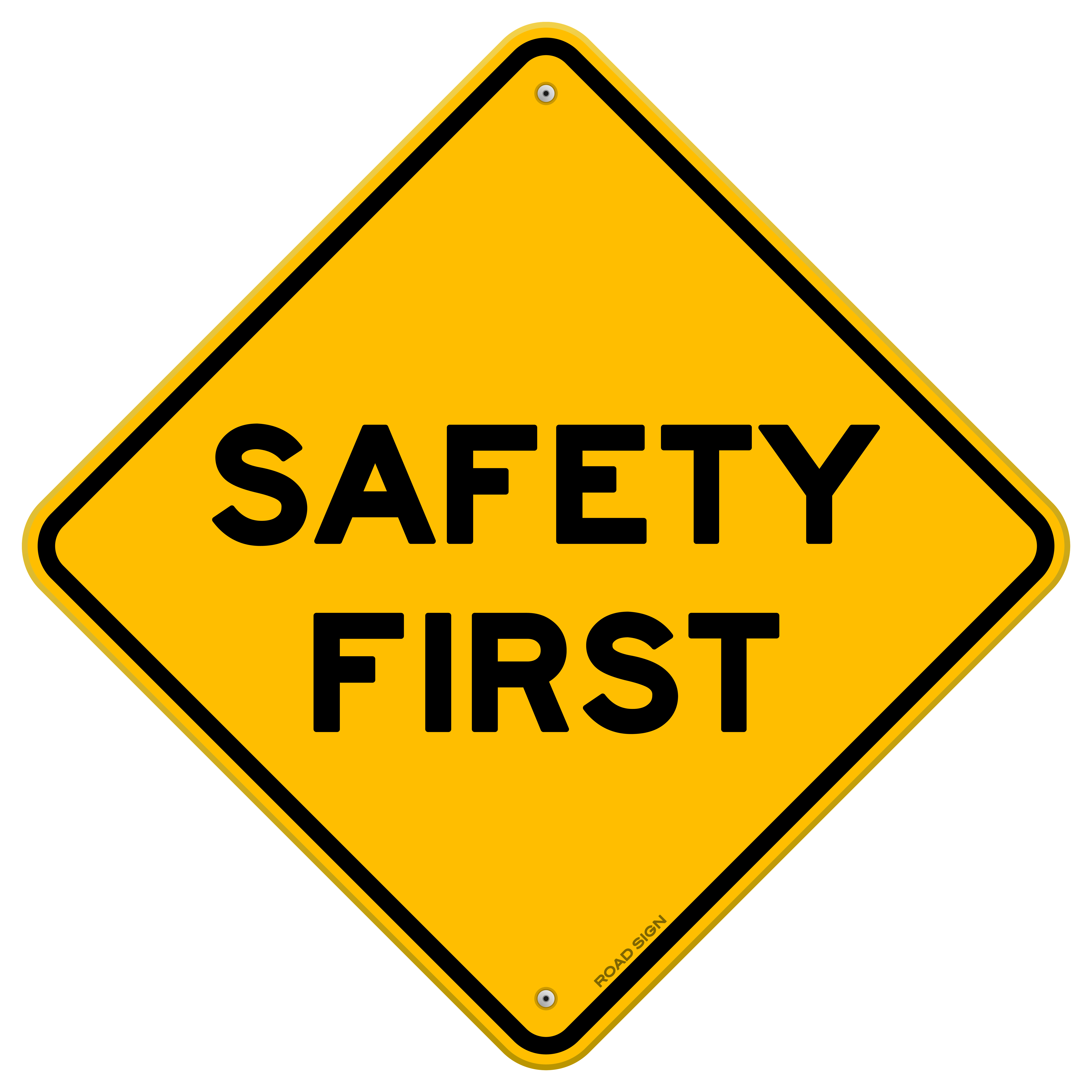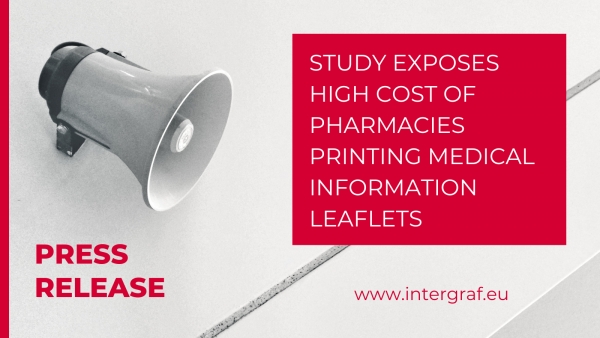24 October 2012

Health & Safety - How to ensure you have this covered
There is a direct correlation between the best companies and those that have the most effective Health & Safety Management Scheme. Developing a culture that understands and implements the necessary requirements is not only beneficial for the staff, but will improve the performance of the business. Central to this will be communication and using it as a 'live' document. It should not be shelved and dusted down when an inspection is carried out or for auditing purposes. Its arrangements should be communicated to all staff and a copy made available at all times. The following tips are the main areas of a business that will need to be challenged. Get this right and the rest will follow.
1. Businesses that employ 5 or more employees should have a written health and safety policy statement. However, this should be supported by an arrangements document which covers roles and responsibilities of Managers, Supervisors and general staff. The document must also provide clear information on how the business is going to manage its operational risks, such as undertaking of workplace risk assessments, arrangements for the consultation with staff over safety matters and who is responsible for reporting RIDDOR incidents to the regulator, if required.
2. Risk Assessments, the employer is required to record the findings of risk assessments if they employ five or more employees. However, how can you demonstrate compliance if there is no record of the assessment when employing less than five? Good practice is to record them, but most importantly communicate the findings of those assessments. Remember, risk assessment documents are a legal working document. First up communicated to those involved in the task, but to also have copies to hand, for example having a laminated copy attached to the side of the operatives machine and attached to the staff notice board.
3. If you have bought a new machine and it shows the CE Markings, it does not mean that it is safe with no risks to the operatives. Even new machines of today have certain hazards and risk to those who set, run and clean the machine, not forgetting the in-house engineer who will be maintaining it! The Supply of Machinery (Safety) Regulations, which covers the CE marking including the Essential Health and Safety Requirements, for manufactures to work to in controlling hazards, do not dovetail into the Provision and Use of Work Equipment Regulations (PUWER), which is aimed at the employer. The organisation will need to undertake its PUWER risk assessment for the safe setting, use, cleaning and maintenance tasks, as all of these can present certain risks, especially when carrying out some sort of intervention during a mis-feed or blockage.
4. All cleaning rags that become contaminated after cleaning Press cylinders and blankets etc should be placed in metal self-closing lid bins. Industry has seen different alternative bins being used, as in general dust bins and plastics versions, but to keep your insurers happy and to satisfy the findings of your workplace fire risk assessment, it would be prudent to use the metal self closing bin lid type.
5. Slips, trips and falls are still among the biggest causes of workplace accidents in most industries. It is also one of the easiest issues to address. Good practice is to have walkways and work areas identified by painted floors and defined work and storage areas for equipment. Staff should be provided with a good level of cleaning equipment and provided with sufficient number of bins for waste, whether for recycling or general waste. All spillages should be dealt with immediately and therefore, a suitable number of spill kits should be positioned at strategic points within the workplace.
6. Dermatitis is still an issue in the Printing industry. There are simple and practicable control measures that employers can introduce to mitigate the risk of an operative developing dermatitis. Firstly the COSHH assessment should identify the correct type of glove the operative should wear for handling that particular substance. One key control measure would be for the employer to arrange skin checks of the operatives fingers, hands and forearms. This could be carried out once every six months supported by a questionnaire form.
Getting your staff involved and informed about the importance of Health & Safety will make the implementation more likely to succeed. Staff need to know that they are working in a safe environment, but they also need to be involved in the implementation to make it work in the long terms. Adding Health & Safety to the agenda of important meetings will aid this.
 Intergraf Economic News (Paper Prices) - March 2024
Intergraf Economic News (Paper Prices) - March 2024
18 March 2024
Access the latest edition of the Economic Newsletter for the European Printing Industry for data on paper consumption, and pricing data for pulp, paper and recovered paper. Data for packaging papers and board is also available with this edition.
 STUDY EXPOSES HIGH COST OF PHARMACIES PRINTING MEDICAL INFORMATION LEAFLETS
STUDY EXPOSES HIGH COST OF PHARMACIES PRINTING MEDICAL INFORMATION LEAFLETS
7 March 2024
Intergraf welcomes the release of a study by our partner MLPS (Medical Leaflet = Patient Safety), a subgroup of the European Carton Manufacturers Association (ECMA) shedding light on the potential economic costs associated with the proposed use of Print on Demand (PoD) leaflets in the pharmaceutical legislation revision.

The BPIF is the printing industries champion. By becoming a member you join a diverse and influential community. We help you solve business problems, connect you to new customers and suppliers and make your voice heard in government.
Call 01676 526030









